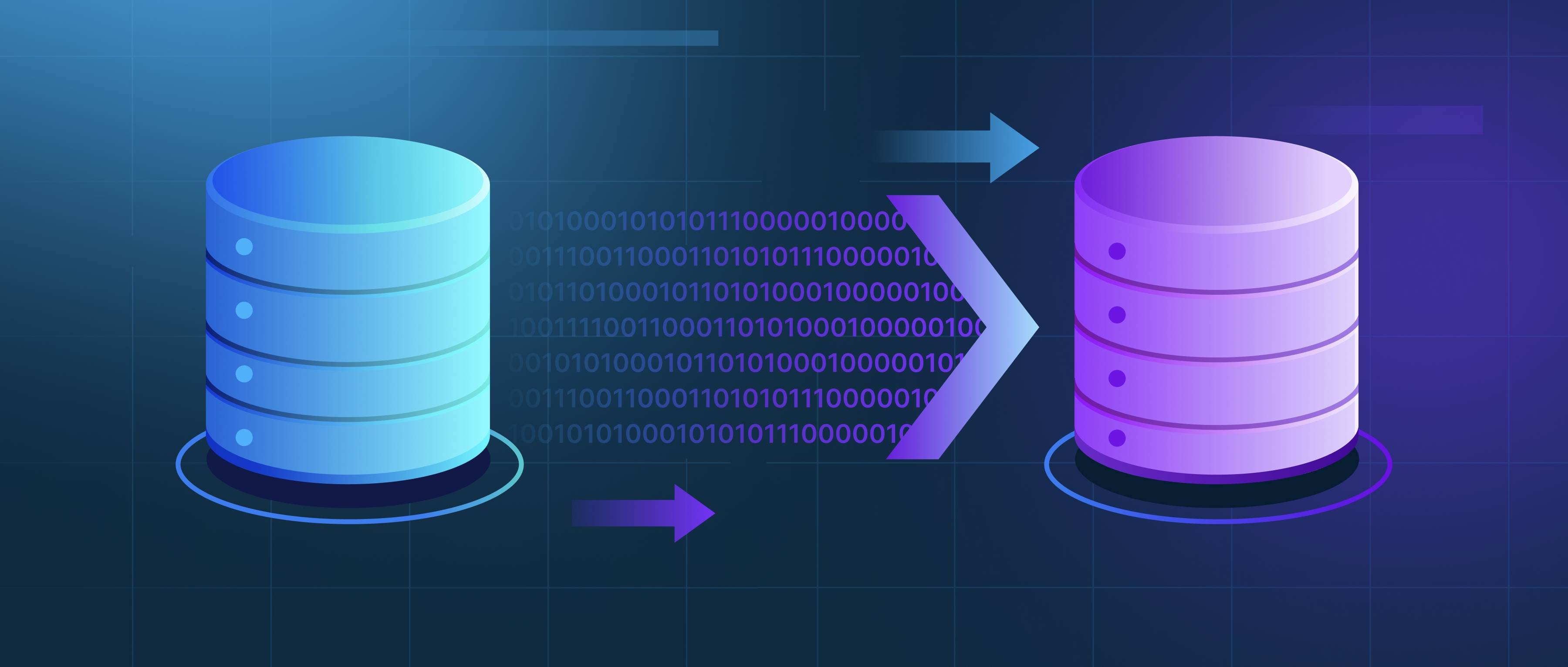A machine vision inspection system is a technology that uses cameras and image processing algorithms to automatically inspect and analyze the quality of products in a manufacturing or production line. These systems are commonly used in industries like automotive, electronics, food production, and pharmaceuticals to ensure the products meet specific quality standards. A typical inspection system captures images of the product or part, and then processes those images using various algorithms to check for defects, such as scratches, cracks, or irregularities in shape, size, or color. For example, in the electronics industry, a machine vision system might inspect circuit boards to ensure all components are correctly placed and soldered. In food production, it can detect contaminants or verify packaging. The system typically provides real-time feedback to operators, helping to maintain product quality while reducing human error. Machine vision inspection is highly effective in applications requiring high-speed and high-precision analysis, and it often replaces manual inspection to improve efficiency and reduce costs.
What is a machine vision inspection system?

- Evaluating Your RAG Applications: Methods and Metrics
- Advanced Techniques in Vector Database Management
- The Definitive Guide to Building RAG Apps with LlamaIndex
- Information Retrieval 101
- Mastering Audio AI
- All learn series →
Recommended AI Learn Series
VectorDB for GenAI Apps
Zilliz Cloud is a managed vector database perfect for building GenAI applications.
Try Zilliz Cloud for FreeKeep Reading
How does serverless architecture handle third-party API calls?
Serverless architecture handles third-party API calls by leveraging cloud functions or services that automatically manag
How does cloud computing impact disaster recovery planning?
Cloud computing significantly impacts disaster recovery planning by offering flexible, scalable, and cost-effective solu
How does vector search compare to graph-based search?
Vector search and graph-based search are two powerful methods used in information retrieval, each with its unique streng